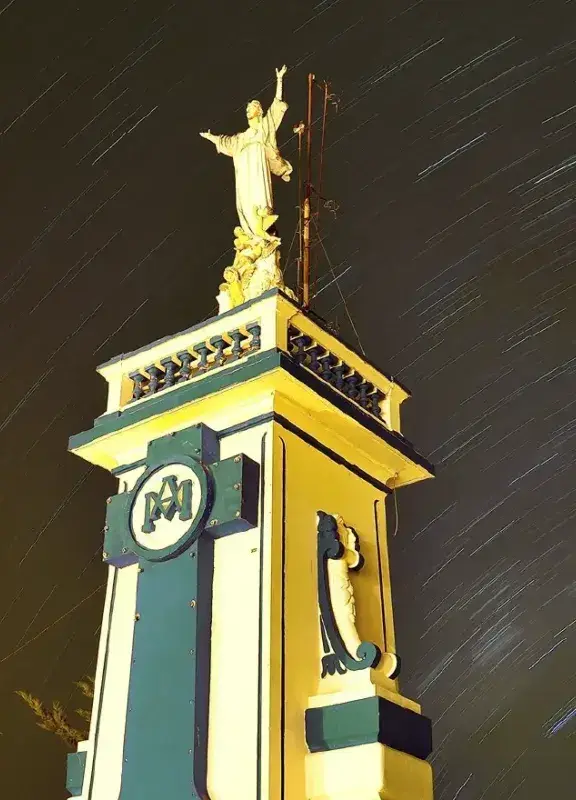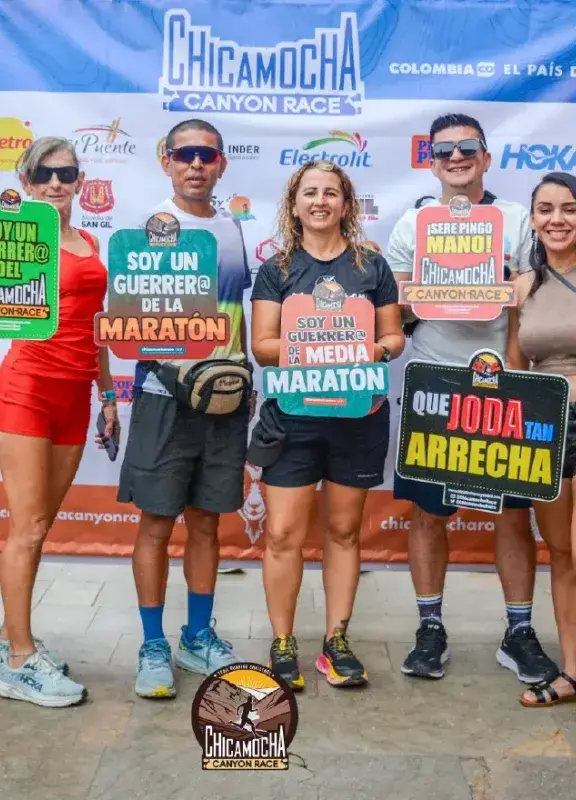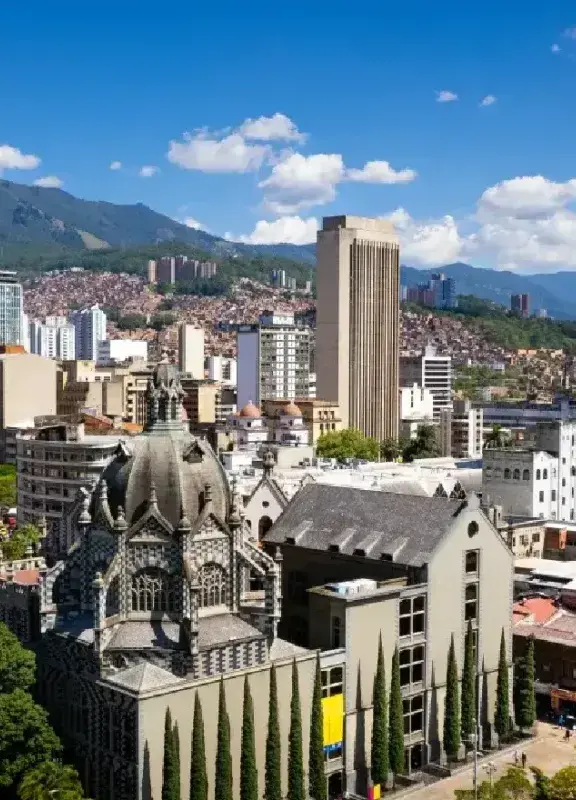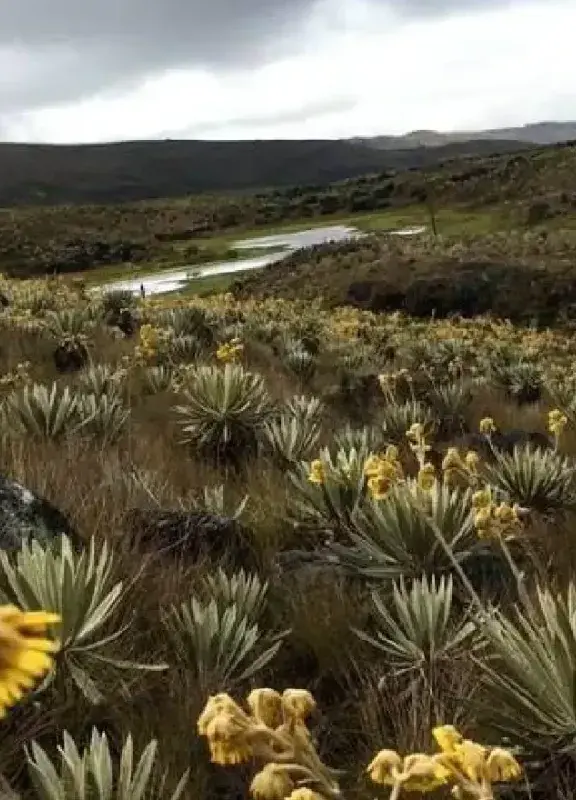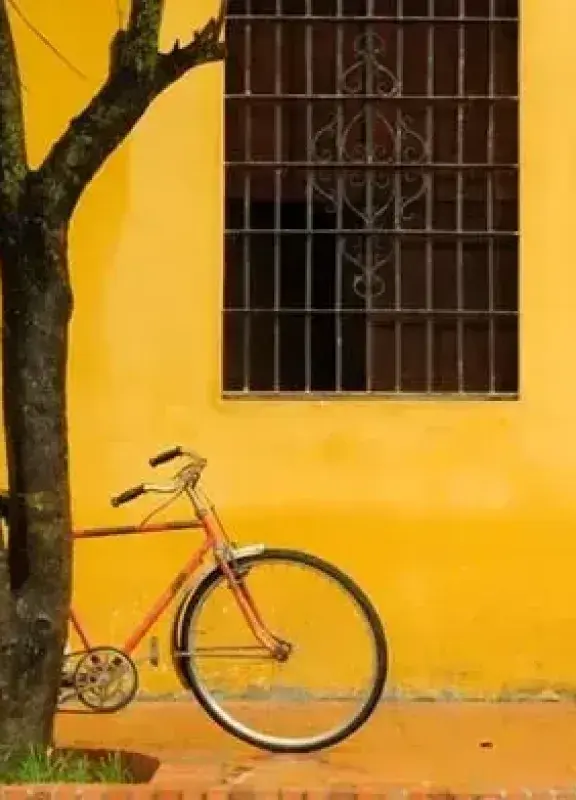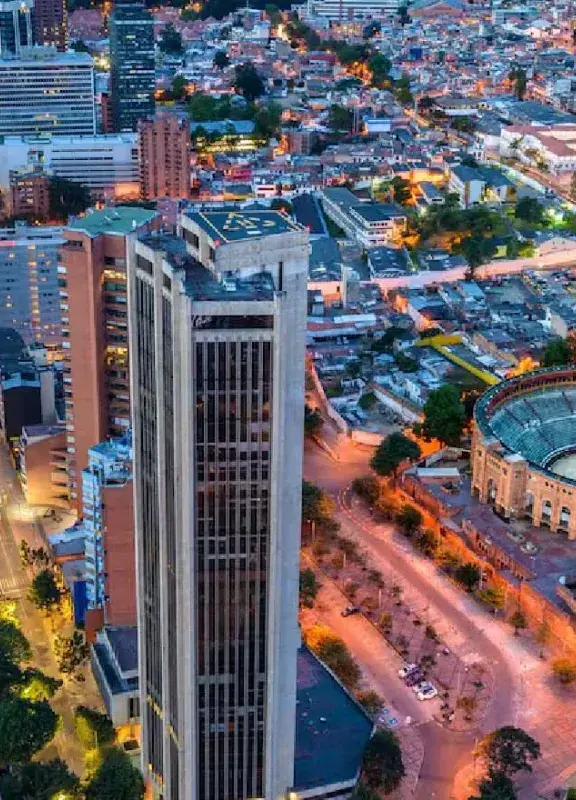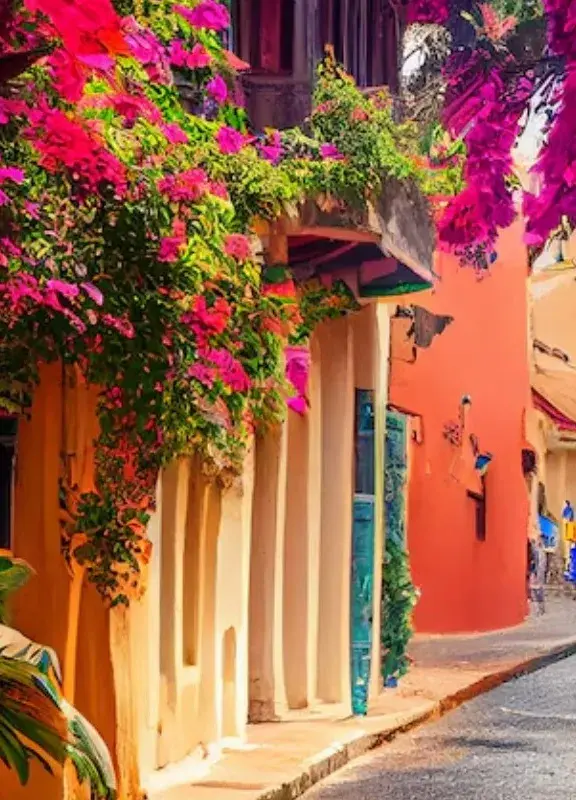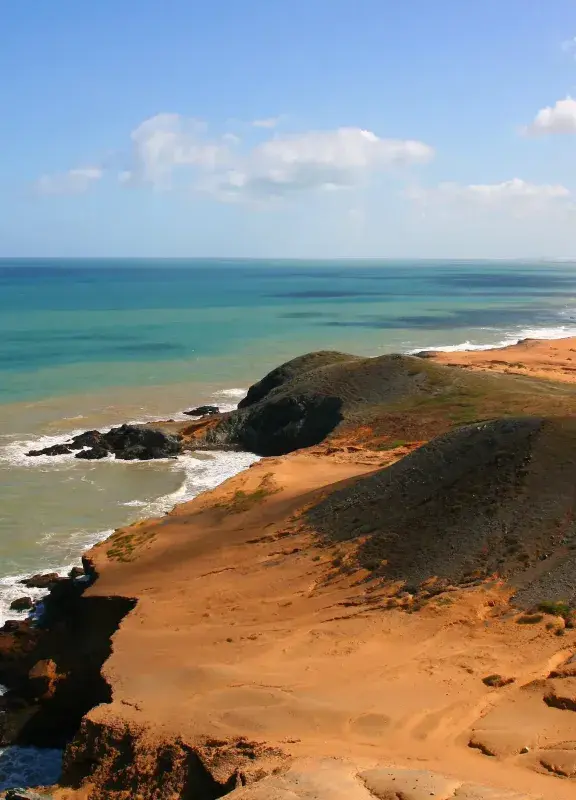Colombia, the most welcoming place on Earth
A country of diverse customs will always greet newcomers and those who visit with a hug.That's why Colombian people love to convey their warmth and joy through friendly greetings like “Quiubo” (“What’s new?”), “Qué más” (“What’s up?”), or “Cómo está”
What does being welcoming mean in Colombia?
Look it up in a thesaurus and you’ll find it’s synonymous with warmth, joy and hospitality. But in Colombia, under the dictionary definition of “welcoming” you’ll find much more: its happy people, their customs and, of course, the many colorful Colombian sayings. Colombian people are more than reason enough to believe it, because even if it’s the first time you visit the country, they’ll greet you with a warm “Welcome home”.
Colombian people sure know how to be welcoming
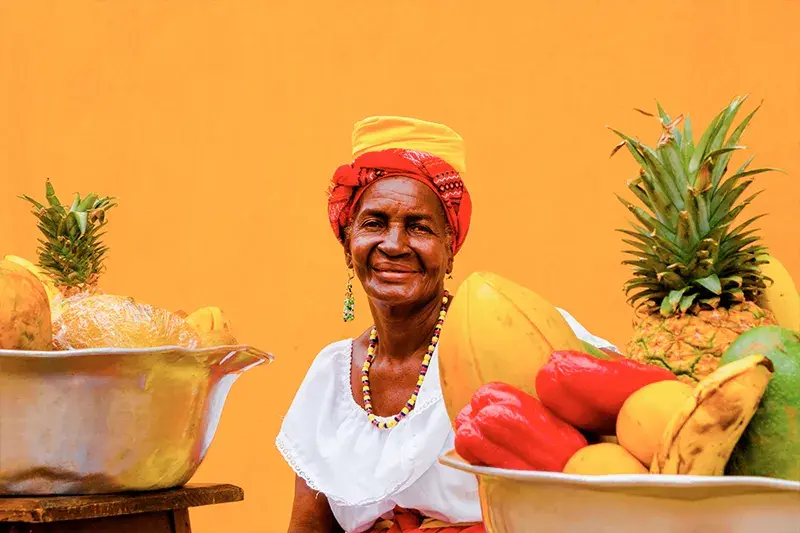
The 1982 Nobel Prize in Literature, Gabriel García Márquez, described the way Colombians are in the 1994 Report of the Wise Men, a document in which he lists the natural gifts of Colombian people as: “Creativity, a devastating determination of personal promotion, and an almost supernatural cunning”.
These qualities – of great importance throughout the history of Colombia – are joined by another key one: the ability to quickly overcome any circumstance by learning from it, which has resulted in one of the most common Colombian phrases: “echar pa’lante”, which means to move forward no matter what and look towards the future with optimism.
This virtue is greatly assisted by a key component of the Colombian DNA: joy, which is reflected not only in their instinctive warmth, but also in all of their customs – from the way they communicate, to the way they greet foreigners.
Colombian people are welcoming by nature. Acquaintances, co-workers, and even a stranger that sits next to them in the bus or in the park can easily become their “parcero” (friend).
Colombians welcome you home
Colombia is synonymous with “welcome home”. Its people always want to show their visitors, business partners, or even people they’ve just met, all the best the country has to offer, which makes them the best hosts and ideal ambassadors of this warm culture.
How do they do it? By welcoming everyone into their homes and hearts, and teaching them their customs, the richness of Colombian music, the unique Colombian flavors and sharing their essence in general: what identifies them and makes them feel proud of their country.
Colombian cities have more than enough room for everyone at the table
In Colombia, a table for two can just as easily sit six, because, as another Colombian phrase goes, “where two can eat, so can three”, and so on. Which is why Colombian people love to share with newcomers the spectacular flavors that make up the various traditional dishes of each region. With so many different delicious things to try, it’s no wonder they often say, “a full belly is a happy heart”.
Thanks to Colombia’s privileged geographic location, Colombian chefs are inspired by countless products from different regions and are always ready to welcome new faces to try traditional dishes such as the ‘bandeja paisa’, ‘ajiaco santafereño’ or the various forms of ‘sancocho’.
They’ll welcome you home with more than 1,000 rhythms
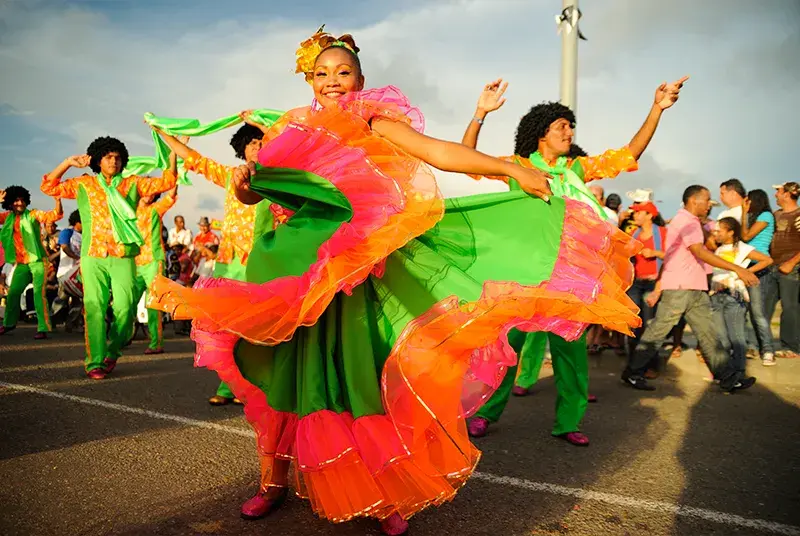
It’s often said that music is the universal language, which means that, with over 1,000 rhythms grouped within 150 musical genres, Colombians are ready to communicate with you in countless different ways: through melodies, instruments, and some remarkable dance moves.
Some of the most popular rhythms incorporate drums and accordion, and some like salsa and vallenato will fill you with emotion. Their unique structures, sounds and themes don’t just light up Colombia’s many festivals, but also represent a cultural legacy that has been declared an Intangible Cultural Heritage of Humanity by UNESCO.
Cumbia, mapalé, joropo, currulao and bambuco are among the most representative musical rhythms of Colombia
Biodiversity, the welcoming embrace of nature across Colombia
Colombian people love to talk and tell great stories, and especially to entertain guests. Colombian cities, beaches, heritage towns, and every corner of the country falls within that vibe that can be felt upon arriving. It’s all thanks to a richness that is not just cultural, but also natural, much like the warmth of Colombians themselves.
Colombia has 50% of the planet’s paramos. Half of the country consists of lush rainforests and 35% of its territory lies in the Amazon
This means the most welcoming place on Earth is also the second-most biodiverse, with a great variety of animals, plants and landscapes across the many different climates that remain virtually unchanged year-round. This was one of many reasons why it was ranked the best emerging travel destination in 2020 by the United States Tour Operators Association (USTOA).
It’s the only country in South America with coastlines on both the Atlantic and Pacific oceans, a feature that allows for a remarkable natural variety, as well as different climates
Cultural Heritage Sites, another welcoming aspect of Colombia
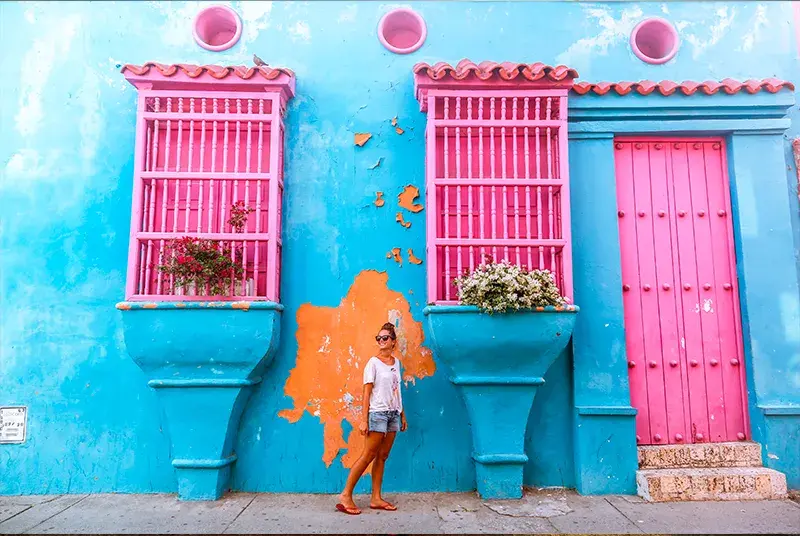
The most welcoming place on Earth, is currently home to eight sites that have been listed as part of the World Cultural Heritage by UNESCO. These include the walled city, fortresses and monuments of Cartagena de Indias, the Los Katíos Natural National Park, the Historical Center of Mompox, and the Coffee Cultural Landscape, among others.
Visiting and exploring these places will certainly make you want to stay in their incredibly atmosphere. And if you do decide to extend your visit (perhaps indefinitely), Colombian cities like Medellin have an ideal quality of life that partners with a very appealing cost of living. This was highlighted by Forbes, which ranked Colombia among the top ten ideal countries for retirement.
This country doesn’t just have historic sites, but also great traditions that have been declared Intangible Cultural Heritage. Some of them are part of the most important Colombian festivals, such as the Blacks and Whites Carnival in Pasto, the world-famous Carnival of Barranquilla, and the marimba music and the traditional songs of the South Pacific that can be enjoyed in the Petronio Álvarez Festival.
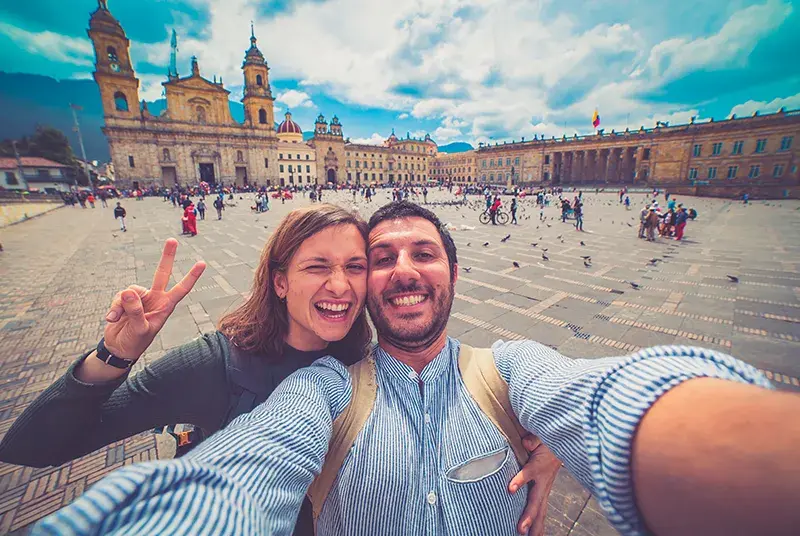
This is Colombia, the most welcoming place on Earth. Where happy people want to share the very best their country has to offer with all of those who visit. Come and find out just how much Colombians will make you feel at home!
Related articles:
 Welcome, you are in
Welcome, you are in 



